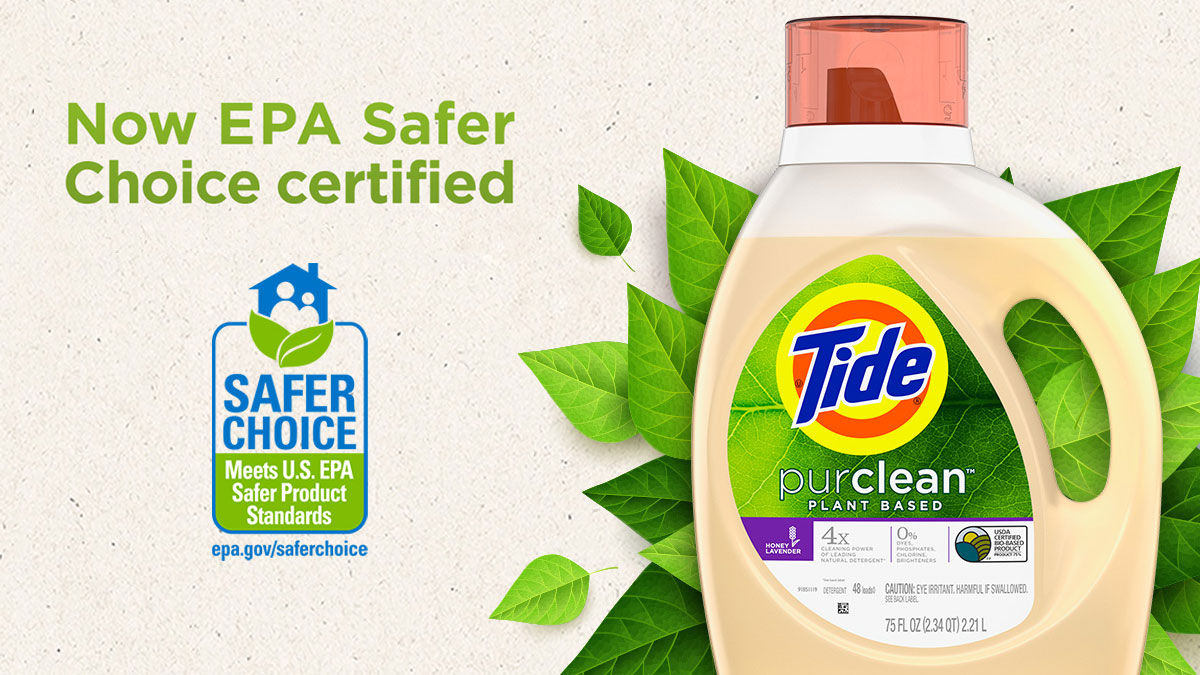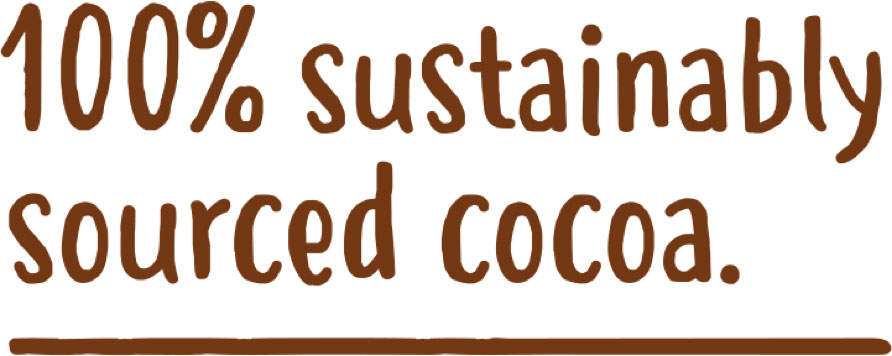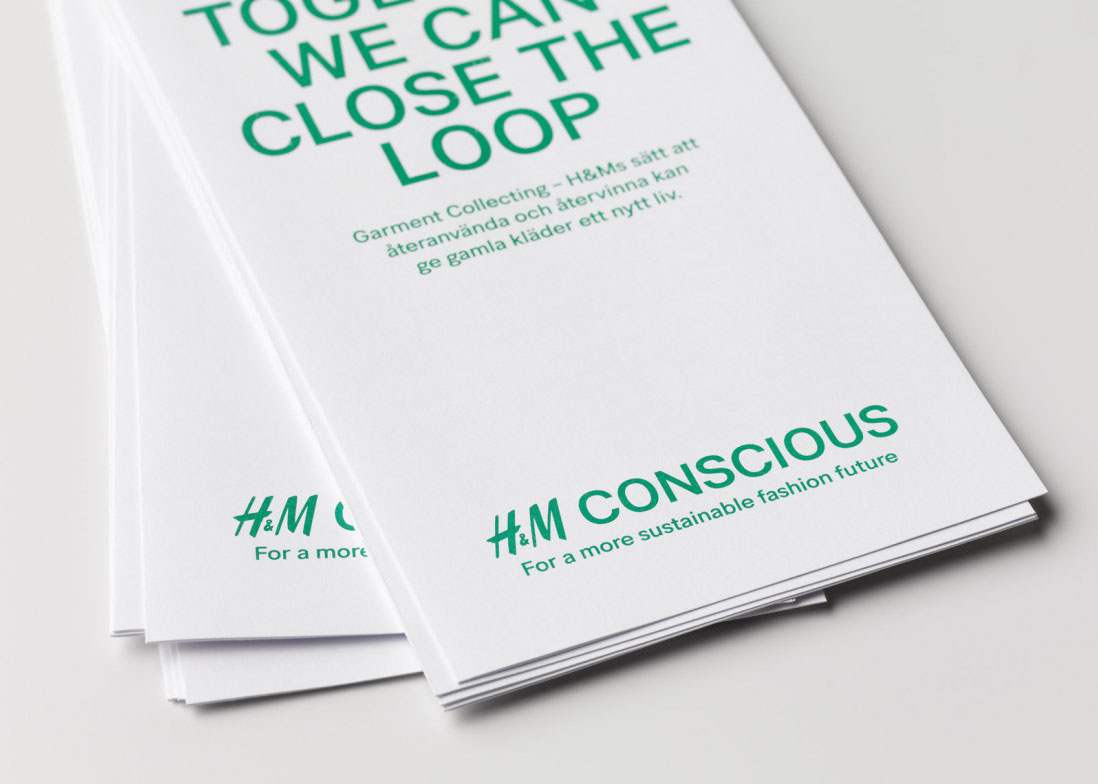The Rise of Corporate Greenwashing; How to Identify a Scheme Promoting a False Sense of Sustainability

Photo by JC Romero via Pexels.
Green·wash·ing – it’s everywhere, and it’s giving consumers a false sense of sustainability. Greenwashing is when a company or organization uses marketing techniques to persuade consumers into believing that their products are environementally friendly and good for you. It is a deceitful advertising gimmick intended to mislead consumers who prefer to buy goods and services from environmentally conscious brands.
Corporate Greed Over Environmental Need
Greenwashing is, by no means, a new phenomenon. It’s a term that was coined by Jay Westerveld in the mid 1980s. Greenwashing has taken on a new shape over the last few decades, but it’s still as murky as ever. Consumers are becoming more aware of the potential environmental impacts of their purchases. Products labeled as “all natural” “organic” or “eco-friendly” have become more popular as a response to the increasing demand for eco-conscious products. As the general public is growing more concerned about the state of the environment, more corporations are adopting sustainable practices to stay in their good faith. Even as their core business model remains environmentally unsustainable, marketing campaigns and advertisments tout sustainability efforts in many different forms. Some companies practice greenwashing when they believe that more people will buy a product that is marketed as eco-friendly, or if they believe investors are more likely to support eco-friendly businesses. Companies might also practice greenwashing if they believe that it will deter efforts to hold them accountable for their true environmental impact through public policy and regulation.
There is a concerning rise in corporate greenwashing with more and more companies investing time and money in order to appear environmentally friendly, instead of investing time and money into actually implementing green business practices. Although greenwashing is not a new term, it is still relatively recent and most countries and governments have not developed a sufficient framework to evaluate and determine the “eco-friendliness” of companies and products. On top of that, consumers often lack enough information to make reasonable decisions about which products and services are actually green.
AD
The 7 Sins of Greenwashing:
The 7 sins of greenwashing were created by a Canadian-based environmental marketing agency – Terra Choice. The goal is to help consumers identify products that make misleading environmental claims.
TerraChoice conducted a series of studies in the United States and Canada, testing large numbers of products with green claims against best practices and official guidelines. The results showed that green marketing is increasingly popular and that a vast majority of the green claims are misleading.
1. Hidden Trade-Off
This sin means classing a product as green based on a narrow set of information or attributes. For example, labeling a product as “made of recycled content” when other attributes are not addressed like the energy use of manufacturing the product or the toxic chemicals used in the process, which can make a bigger impact on the ecological footprint as a whole.
2. No Proof
No proof means making an environmental claim without providing easily accessible evidence to back it up on either the label or the product’s website.
3. Vagueness
This sin invloves using feel-good terms that are too broad or poorly defined to be properly understood. For instance, a company may label a product as “chemical-free” but yet everything contains chemicals, even water is a chemical.
4. Irrelevance
The sin of irrelevance is to make a claim that is techincally truthful but not a distinguishing factor when looking for eco-friendly products, and is actually unimportant and unhelpful. For example, a product might be advertized is “CFC-free” but CFCs have been banned by law for nearly 20 years.
5. Lesser of Two Evils
This sin involves claiming to be greener than other products in its category when the category as a whole might be environmentally un-friendly. This ultimately distracts from the fundamental problems with these products. Examples include “organic cigarettes” or “vitamin infused vodka.”
6. Fibbing
The sin of fibbing is when companies make environmental or health claims that simply aren’t true. For example, products labeled as Energy Star certified or registered, when they haven’t been endorsed by that entity.
7. Worshiping False Labels
This last sin was just recently added. It means to imply that a product has a third-party endorsement or certification that doesn’t actually exist.
Examples of Brand Deception
from detergent to gasoline
TIDE PURCLEAN
If you take a peak on the back of Tide purclean™ laundry detergent, you’ll find that it reads, “a powerful, plant-based clean you can feel good about.” This misleading statement is guilty of the sin of vagueness. The laundry detergent is only 75% plant-based, and the remaining 25% consists of non-plant-based ingredients, including some derived from petroleum. In August 2020, the National Advertising Division recommended (and Tide agreed) to modify its plant-based claims to avoid conveying the unsupported message that the laundry detergent is 100% plant-based, or that the “powerful cleaning power” is derived solely from plant-based ingredients.

Photo by Tide.
LULULEMON
Lululemon sparked controversy after launching their VitaSea line claiming to have many health benefits becuase it is made of SeaCell™. SeaCell, is an innovated fabric made of wood pulp and organic seaweed found in the Icelandic Fjords. Several lab tests revealed that the garments were almost devoid of the plant. The brand touted it’s benefits: reduces stress and provides anti-inflammatory, antibacterial, hydrating and detoxifying benefits, yet Carolyn J. Otten, director for specialized services at Chemir Analytical Services, a lab in Maryland Heights, Mo. said “we searched specifically for those vitamins, and we didn’t see them.” The brand ended up removing all claims alleging health benefits from seaweed from the line of clothing.
KAUAI COFFEE
Kauai coffee offers a “100 percent certified compostable” single-serve coffee product. However, not all items can be composted at home. The packaging’s fine print states, “Compostable in industrial facilities. Check locally, as these do not exist in many communities. Not suitable for backyard composting.” The National Advertisment Division recommended that Kauai prominently disclose the reality – and that the coffee pods are not certified for backyard composting – in ads that boast the “100% compostable” claim. Kauai said it would comply with the recommendations.
MOONLIGHT SLUMBER
In 2017, the FTC approved a final consent order against Moonlight Slumber, a manufacturer of baby mattresses. The company made claims that its “organic” and “eco-friendly plant-based” mattresses had earned the “Green Safety Shield,” which made it look as though the product had been endorsed by an independent third party. In reality, it was a made-up certification Moonlight Slumber had awarded itself.
NESTLÉ
Nestlé, Mars, and Hershey employ hundreds of thousands of people annually in order to sustain their chocolate empires. According to the World Cocoa Foundation, nearly 60% of the world’s cocoa is produced in West African countries of Ghana and the Ivory Coast. These cocoa crops are mainly grown on small, isolated, underdeveloped, family-run farms.

Photo from Nestlé.
Nestlé, a leader in the chocolate confectionary industry, received negative press over their usage of child slave labor and the lack of transparency within their cocoa supply chain. In April 2019, a class-action lawsuit was filed against Nestlé for allegedly deceptively labeling chocolate products by using phrases such as “sustainably sourced” and “supports” farmers to make consumers believe the cocoa was produced following environmentally and socially responsible standards. According to plaintiffs, the cocoa comes from farms that use child and slave labor, and the company’s supply chain has no evidence of any environmental standards in place. The chocolate industry is responsible for destroying rainforests in West Africa, and using chemicals that pollute waterways, kills wildlife, and harms communities.
Sometimes a company is so bad they are required by the government to deal with the problem they’ve created.
BP
In 2010, BP was responsible for the Deepwater Horizon oil spill in the Gulf Coast. Initially, they received a lot of negative press and faced huge fines from the Environmental Protection Agency (EPA). However, BP was able to recover from the negative press by targeting their advertising to play on emotions in a heartfelt manner.
Many companies will do this to cover up their past mistakes. It doesn’t make them green, but rather skews consumer perception.
H&M
H&M, another company with a bad rap, launched their “Conscious Collection” and a clothing recycling program after they came underfire for evidence of unethical practices throughout their manufacturing process. These practices include sweatshop conditions in the factories their clothing is made, and to the fact that their cheap clothing is filling up landfills (I recommend watching THE TRUE COST documentary on Netflix). In 2013, H&M found itself in the center of controversy and disaster after the collapse of the Rana Plaza in Bangladesh, a deteriorating garment factory, that killed 1,138 people. The largest fashion companies like Zara, Gap, and H&M, pledged to make changes to their supply chain and their harmful impact on vulnerable people and the environment.
H&M’s recycling program that turns old, unwanted clothing into new garments is more of a marketing campaign to retain customers and persuade them into buying more clothes. When a person drops off a bag of old clothes, they receive a $5 off voucher to be used on their next purchase, contributing further to the fast fashion industry’s profits at the cost of the environment. To add to the scheme, environmentalist Elizabeth Cline says that less than 1% of the clothes collected actually get recycled and made into new garments. According to I:Collect, the company that handles the donations, says of the clothes sent to H&M’s sorting plants only 35% of what’s collected is recycled at all, and ends up being used for products like carpet padding, painters’ clothes or insulation (not the H&M Conscious Collection). Many of our clothes are made of blended fibers that don’t break down easily, and when cotton and wool is recycled it diminishes the quality of the material (it weakens the strand and gives a lesser product).

Photo by H&M.
H&M also has failings in the fair labor department. The Clean Clothes Campaign (CCC) said H&M had not met the commitment made in 2013 to ensure its suppliers would pay a living wage to some 850,000 textile workers by 2018. The CCC report found that workers in H&M supplier factories in Cambodia earned less than half the estimated living wage, dropping to about a third for those living in India and Turkey. In Bulgaria, workers reported that they have to work overtime just to earn the statutory minimum wage.
So while H&M promises to lead the way in sustainable fashion, it is something to be taken with a grain of salt. Unfortunatly, H&M’s marketing makes it seem as though the company is more environmentally friendly (and worker friendly) than it actually is.
RELATED POST: Slow Fashion Brands: 100+ Labels to Love
Unregulated Common Terms
The unrestricted use of these vague phrases by any company is possible because there are no legal definitions for them:
- Eco-Friendly, Environmentally Friendly, Green
- Non-Toxic, Chemical-Free
- Organic, Natural, Clean, Pure
- Eco-Friendly, Environmentally Friendly, Green
- Non-Toxic, Chemical-Free
- Organic, Natural, Clean, Pure
- Plant-Based, Plant-Derived, Botanical, Herbal
- Dermatologist Recomended, Sensitive, Gentle
- Paraben-Free, Sulfate-Free, Fragrance-Free
- Ethical
- Sustainable
- Plant-Based, Plant-Derived, Botanical, Herbal
- Dermatologist Recomended, Sensitive, Gentle
- Paraben-Free, Sulfate-Free, Fragrance-Free
- Ethical
- Sustainable
The Effect of Executional Greenwashing
on the subconscious
Companies can imply environmental stwardship by using nature evoking elements in advertising. It induces false perceptions of a brand’s ecological image without referring to the actual environmental features of advertised products. This method is known as executional greenwashing.

Photo from an ad for H&M’s Conscious Collection.
How To Avoid Being Greenwashed
- Don’t assume what you read or see is true. Always be skeptical, ask questions, and research the company until you feel you can trust them. Is this company owned by a parent-corporation? Where and how do they source their ingredients and materials? Are they transparent about their operations or do they have something to hide? Don’t be afraid to email or DM the company if you can’t find the answer you are looking for.
- Learn how to read labels, educate yourself on ingredients, and familiarize yourself with green certifications.
- When possible, support small, independent, or local businesses over big box retailers.
↟↟↟






0 Comments